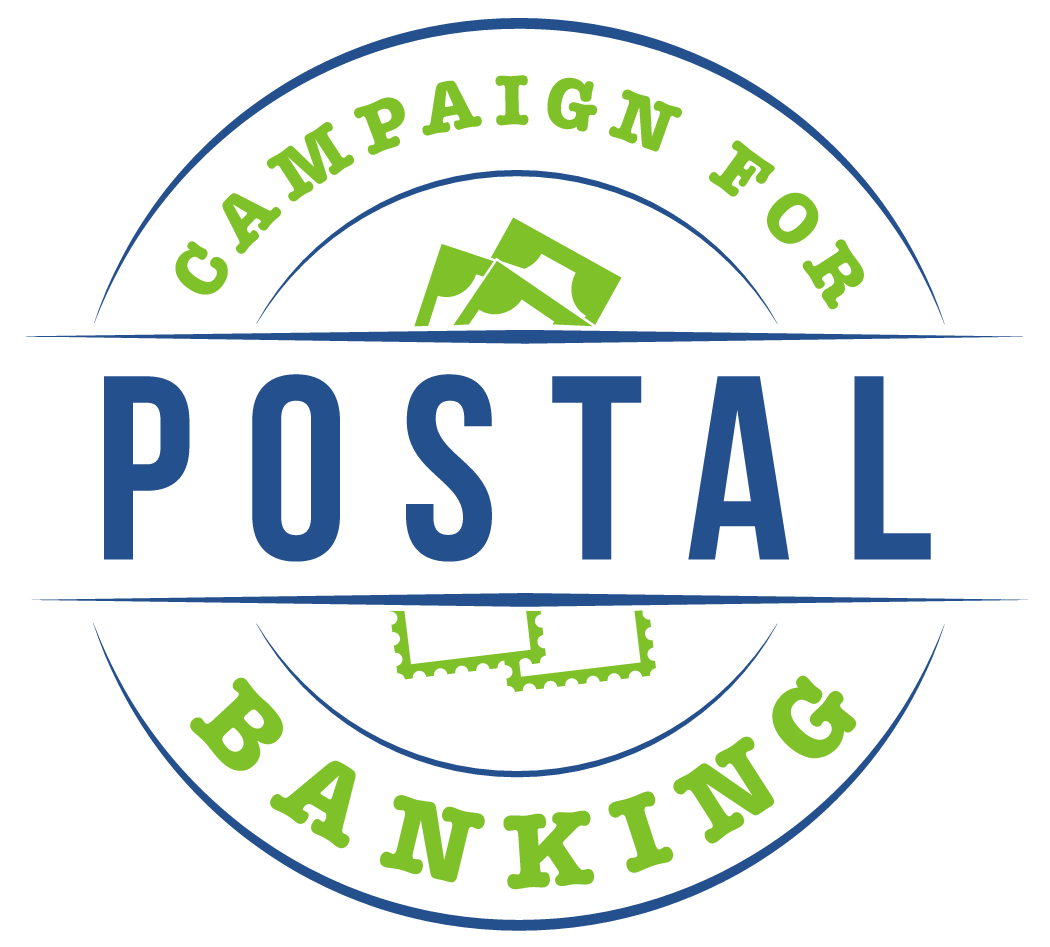The Bank Crisis is the Latest Argument to Expand Postal Service Banking
The recent bank crisis set off by the failure of Silicon Valley Bank and Signature Bank has exposed a reality about how U.S. banking really works. The system’s very existence — for example, insuring deposits, loan guarantees and setting interest rates — depends entirely on the federal government.
Since the government is already in the business of supporting the banking system, the people ought to demand a system that is designed to better serve the public interest and the common good. Any debate about the future of banking in the United States should first take a page from the history of postal banking.
During its 55-year existence, beginning in 1910 by an act of Congress, the U.S. Postal Savings System became one of the largest depository institutions in the country. It served as a safe harbor during the Great Depression and provided simple and reliable basic banking services, especially in rural communities.
Postal banking as an essential public service is an old idea whose time has come again.
The Federal Reserve currently serves as a bank for bankers, facilitating inter-bank payments, managing bank accounts and paying interest on those accounts. That very same service could be extended to individuals and small businesses, creating a “FedAccount” for everyone, not just the banks. There is growing interest and support for this concept.
The country’s 30,000-plus post offices could serve as brick-and-mortar access points to set up an account, deposit and withdraw money and pay bills. FedAccounts customers would face no fees and no minimum balance requirements, and payments would be faster and free. What’s more, as the central bank, the Federal Reserve can always guarantee deposits, so crises of confidence — that led to the recent bank failure of SVB — would be a thing of the past.
Today, 22 percent of Americans are either unbanked or underbanked. They pay usurious fees to access simple financial services, like cashing a check or paying a bill. A robust postal banking network, backed by FedAccounts, would make great progress in banking the unbanked and offering simple, affordable services to us all, driving down costs across the financial system.
There are other benefits to a universal postal banking system. Consider that an October estimate showed as many as 10 million eligible people never received the critical COVID relief stimulus payments they were due. Most of them are low-income, homeless, or lack internet access. A system grounded in the postal network would have facilitated both the government’s distribution and the public’s access to these critical funds.
Undoubtedly there will be many differing views of what led to this current crisis. But one thing should be clear: There needs to be a public banking option to counter the private profit-driven and weakly-regulated banking system that leads from one crisis to the next.
Switzerland’s second-largest bank, 170-year-old Credit Suisse, has now become the latest “casualty” with a quick-fire sale to its competitors. Yet the Swiss Post Bank, like the many postal banks throughout Europe, is the country’s public banking option and is in fine shape and serving its customers with no risk. A partnership between the Federal Reserve and the trusted USPS to offer basic banking for every household and business could be just the path forward.
The USPS’s longstanding mission has been to “bind the Nation together.” As Congress takes stock of this latest crisis and considers needed changes to the banking system, lawmakers should set their ambitions higher than simply avoiding the next crisis. It’s time to build a banking system that works for all of us, not the profit margins of Wall Street and the financial institutions. It’s time for postal banking.

